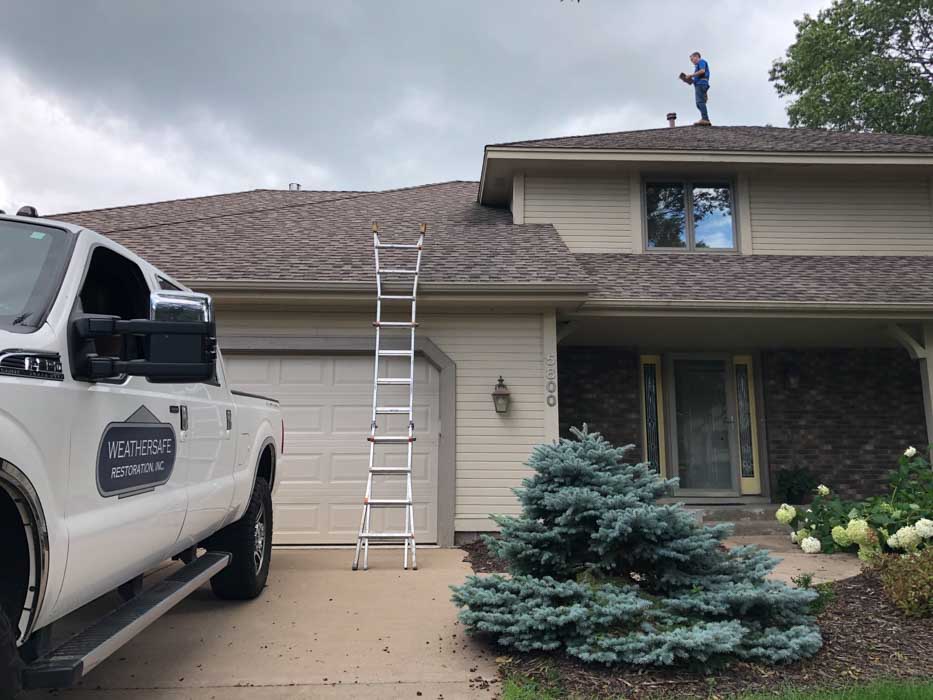Shorter days. Cooler temps. Changing leaves. The move into fall is a great time to start making your home maintenance “to-do” list before flurries enter the forecast.
Your roof can naturally take a beating throughout the year, so put hail damage roof repair and storm damage repairs at the top of your list.
The National Oceanic and Atmospheric Administration recorded nearly 5,400 hail events in the United States in 2019. Here’s how to spot roof damage from one of these storms:
Where Hail Damage Comes From
Multiple factors can lead to hail damage on your roof. If your roof is older or poorly maintained, it’s more likely to require storm damage repairs. Even new roofs may need hail damage roof repair based on:
- Wind conditions: High wind speed and the direction can impact the severity of hail damage on your roof.
- Hail size: Pea-size hail may leave a few dents, but softball-size hail may require major storm damage repairs.
- Roof material: Dings in aluminum siding, gutters or asphalt shingles versus cracking in vinyl siding or wood shakes are common hail damage roof repairs.
- Natural barriers: Tree cover, landscaping or the positioning of your next-door neighbors can minimize roof damage and necessary storm damage repairs.
How to Assess Storm Damage Repairs
If you’ve experienced severe weather, it’s time to safely investigate any roof damage. First, start from the ground and take photos from different points of view.
Put on a sturdy pair of shoes with soft soles and locate your ladder. Nominate a spotter that can stay on the ground while you assess hail damage on your roof.
Bring a few sticks of white chalk with you to mark potential areas for storm damage repairs. This will help a hail damage roof repair professional more quickly pinpoint roof damage.
Already know that you have serious hail damage on your roof or not comfortable with heights? Call a contractor or public adjuster who offers a free professional inspection.
How to Spot Roof Damage
Once you’re on the roof, look for common signs of roof damage like dents, cracks, discoloration or loose granules. Check your gutters, too.
Hail damage on your roof will look different based on your shingles. You’ll most likely see random roof damage with no discernable pattern, along with these features based on shingle type:
- Asphalt and Composition Shingles: Hail hits that are black in color and soft to the touch, loss of granules and asphalt that appears shiny
- Wood Shingles: A split in the shingle that is brown or orange, has sharp corners and edges, has little to no deterioration at the edges or displays impact marks or dents along the splits
Even if you don’t see obvious hail damage roof repair needs like indentations, it’s still smart to reach out to a storm damage repair professional. Hail damage can weaken your roof and lead to a failure years down the road.
If you decide to put your home on the market, potential buyers will likely identify roof damage through the home inspection process. That can cause unplanned storm damage repairs or a hit to your asking your price.
Find a Roof Repair Contractor Near You
At Weathersafe Restoration, we offer free estimates for hail damage roof repairs and more. Our expert team will oversee quality roof repairs before you experience any additional damage or frustration. And as our valued customer, you’ll also enjoy the added ease and convenience of knowing you’re working with an experienced contractor who understands the complexities of filing an insurance claim. That’s why we’ll work with your insurance company directly to ensure the entire process is painless and easy and that you get the best compensation for any roof damage done to your property.
To learn more about how we can assist you with filing a claim and to get you an accurate roof damage estimate, contact us today!

